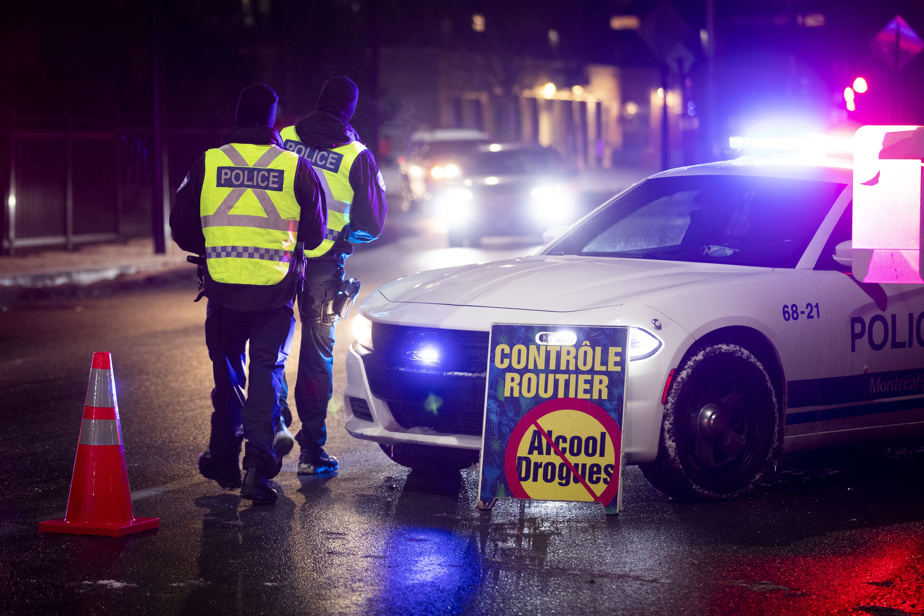Anyone who knows me and reads my columns knows full well that safe driving and responsible consumption are priorities for me.
In addition to being actively involved in the community action of Labatt Brewery of Canada as a spokesperson to promote road safety and responsible consumption, I have also made it my mission to spread the message so that Quebec’s roads are safe for everyone.
When you’re drinking, you’re not driving, period. It’s that simple. And it could become even simpler thanks to a new technology that has really caught my attention recently. A technology that uses artificial intelligence (AI) to detect drunk drivers.
You had to think of it. It’s done.
In terms of road safety, this new technology, created by researchers at an Australian university, is interesting.
They have in fact unveiled an innovative system capable of detecting whether drivers are intoxicated as soon as they get behind the wheel, in order to prevent any potential danger.
The process is simple. Scientists film and use the driver’s facial images to analyze his condition. In their research phase, they also conducted tests with volunteers.
The latter participated in various simulated driving scenarios, all at varying degrees of alcohol intoxication. As they attempted to drive their vehicles, their faces were recorded via a camera. All that was left for the artificial intelligence to do was to meticulously scrutinize these images and detect the information, as it is capable of doing.
Fine analysis
To do this, the AI performs a detailed analysis of facial expressions and head positioning. It also scans the direction of gaze. This data, once analyzed, can determine the driver’s condition with an accuracy of up to 75%. The system can thus determine whether the driver is sober or intoxicated and, if so, whether he is slightly intoxicated or in a dangerous way.
The researchers believe that this new system could very well be integrated into various devices, including traffic cameras on the side of roads.
With the capture of these images, if a drunk driver shows up behind the wheel, the authorities could be contacted immediately. Enough to dissuade the recalcitrants, and prevent the danger they pose.
As you might expect, the technology should have the potential to significantly reduce accidents caused by drunk drivers. It thus provides a good overview of the role that artificial intelligence can play in improving road safety.
To date, Australian researchers say there are already plans for the technology to eventually become a standard measure for road safety enforcement, which should bring substantial benefits to society.
That said, it’s unclear when it might be used. For now, researchers are continuing to improve the system to make it more accurate and reliable, so as to avoid any harmful errors.
Some more challenges
As is often the case with the imminent arrival of a new technology, researchers still have a few challenges to overcome before everything is ready, leaving some questions unanswered for now.
One of the main challenges regarding this novelty is to ensure a good performance of the technology in real scenarios. Because in “real life” it will be necessary to consider that certain factors can become obstacles, whether we think of variable lighting conditions or different driver behaviors.
If external factors affect the accuracy of the system, it could lead to misidentifications or false alarms. We don’t want that.
Privacy and confidentiality concerns may also arise because this artificial intelligence system involves capturing and analyzing people’s facial data without their explicit consent.
The regulations surrounding the use of AI in surveillance and law enforcement will need to be seriously evaluated to ensure that everything is done according to ethical standards. Proponents of this technology, as promising as it may be for road safety, will need to reassure the public on these last points to avoid any controversy associated with its implementation.
Fortunately, stakeholders seem well aware of the situation. As the technology evolves, there should be good collaboration between researchers, policy makers and community stakeholders to ensure the ethical deployment of this system. At least, that is to be hoped.
